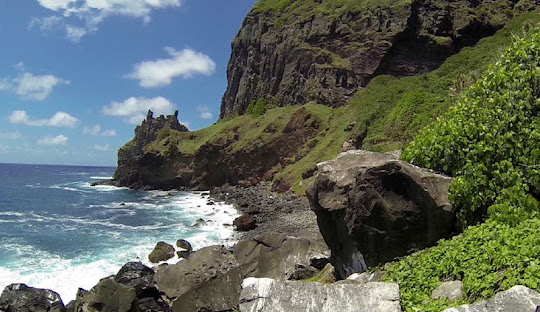



ʻAta is a depopulated island in the far southern end of the Tonga archipelago, situated approximately 160 kilometres south-southwest of Tongatapu. It is distinct from ʻAtā, an uninhabited, low coral island in the string of small atolls along the Piha passage along the north side of Tongatapu. Wikipedia
May to October (dry season): The only feasible window for any visit due to calmer seas and better weather.
Visiting ʻAta is extremely rare and requires special permission; no regular tourism operations exist.
No commercial transport serves ʻAta Island.
Access is only possible by private boat or research vessel from Tongatapu or nearby islands.
Official permission from the Tongan government is mandatory due to the island’s protected status.
Pristine natural environment: Rugged coastline, tropical vegetation, and birdlife.
Historical sites: Remnants linked to the former Tongan community and sites related to the 1860s Peruvian slave raids.
Shipwreck survival story: The island’s global fame stems from the 1965 shipwreck of six boys who survived here for over a year.
Nature observation: Birdwatching and exploring untouched landscapes.
Historical and cultural reflection: Learn about Tonga’s history of resilience, colonial impacts, and traditional life.
Photography: Dramatic cliffs, secluded beaches, and untouched wilderness provide unique photo opportunities.
Scientific research: The island’s biodiversity is of interest to conservationists.
None. There are no facilities or accommodations on ʻAta.
Visitors must be fully self-sufficient if granted access.
No food services or restaurants. All supplies must be brought in.
Historically, inhabitants lived off local resources such as fish, coconuts, and tropical plants.
ʻAta holds deep cultural significance for Tongans as a symbol of endurance and history.
The island is considered sacred and protected.
Stories of the island’s past, including the slave raids and the survival of the shipwrecked boys, are part of Tonga’s oral history and identity.
Visitors are expected to show respect and sensitivity toward its heritage.